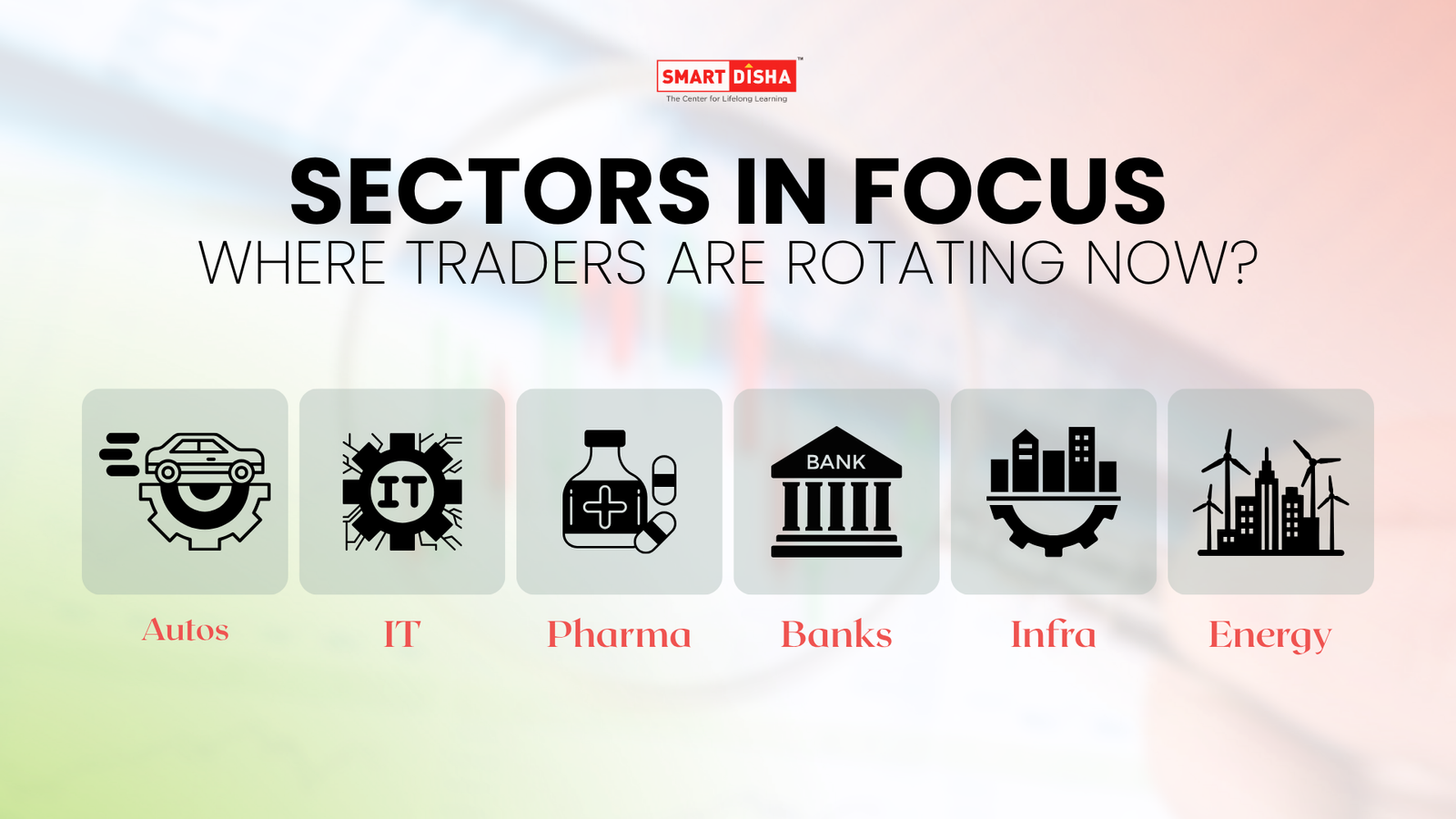Investing in the stock market goes beyond merely hoping for great profits. It also relates to safeguarding your present income. Risk management then becomes rather important. Learning how to manage risks and maximise a portfolio can help Indian investors negotiating a dynamic and occasionally erratic market avoidable loss and ensure consistent growth
Core ideas including diversification, risk tolerance, and how to keep a balanced portfolio fit for your financial objectives will be guided through in this book
What is Investing’s Risk Management?
Risk management is ensuring that your investments suffer no unwarranted losses. It is the habit of seeing what might go wrong and making ahead plans to lessen the impact. In India, where markets can swing depending on elections, inflation, or global signals, this becomes especially crucial
A good risk control strategy benefits you:
- Guard your capital against quick losses
- Manage market volatility without running from it
- Decide boldly where to put your money
The Various Risks Indian Investors Deal With
Understanding what you are safeguarding yourself from will help you to consider portfolio growth. The main several categories of risk are:
- Market risk: Even robust stocks can be dragged down by a general market collapse similar to what COVID brought about
- Credit risk: Particularly pertinent if you bond-invested. The borrower, a government or business, runs the danger of not paying back
- Liquidity Risk: Particularly in downturns, some investments are difficult to sell quickly
- Inflation Risk: Should your returns lag behind inflation, your money loses value over time
- Currency Risk: Your returns may vary depending on the currency changes of foreign assets
Why Diversification Still Works
Allocating your money around helps you to control risk in one of the easiest approaches. Various kinds of investments respond differently to current state of the economy. One falls; another might rise or stay steady
A well-diversified Indian portfolio might comprise:
- Big-cap stocks (such as Reliance, TCS, Infosys)
- Mutual funds or ETFs for gold
- Bonds or fixed deposits from governments
- Real estate, sometimes known as REITs
- Combined domestic and foreign equity mutual funds
You don’t have to invest everywhere, but avoid depending just on one basket either
Refining Your Portfolio for Safety and Expansion
Matching your asset mix to your objectives and risk comfort helps you to build a strong portfolio. Optimisation is modifying that mix depending on your life’s events as well as those of the market
Proceed from these guidelines:
- Are you saving for a house, a retirement, or long-term wealth building?
- Know your risk tolerance: Do you want stability or are you fine with little changes in value?
- Construct the mix. Your responses will determine the proportion of your money to allocate to bonds, stocks, or safer alternatives
As in:
- A 25-year-old investing 20 years could go 80% equity and 20% fixed income.
- A 55-year-old searching for capital protection could favour 40% equity and 60% bonds.
How to Shape Your Investments Using Risk Tolerance
Your risk tolerance goes beyond mere feelings. It’s about your current financial cushion and the length of time you intend to be invested
Ask yourself:
- Can I keep interested even if the markets drop twenty percent?
- Over the next three years, will I need this money?
- Is my income right now consistent?
To better understand your own risk profile, use basic tools available on Indian sites like Sharekhan or TradingView. These instruments probe you and, based on your responses, propose a risk score or portfolio allocation
Why You Should Frequently Rebalance Your Portfolio
Markets do not move in unison, thus your perfect asset mix will not remain constant over lifetime. Rebalancing comes in here as well
Assume your plan called for thirty percent bonds and seventy percent equity. It turns 80/20, though, following a robust equity rally. Now, you run more danger than you planned. Rebalancing calls for cutting your equity and purchasing more bonds to bring it back into line
What should one keep in mind:
- Review your portfolio minimum once a year
- Don’t rebalance too often; you will pay needless transaction costs
- Keep your eye on your objective, not on transient performance
Resources Indian Investors Should Use to Maximise Portfolio
You need not do everything by hand. A number of systems simplify portfolio management.
- Sharekhan: Provides built-in asset management tools as well as advisory help.
- Moneycontrol: Great for tracking all kinds of assets in one location.
- Screener.in: Should you wish to delve further into corporate-level financial data and performance.
These instruments will enable you to rebalance wisely and clarify whether your portfolio is too conservative or too equities-heavy
Conclusions
To succeed, you don’t have to forecast the market precisely. You must keep your portfolio in line with your objectives, be consistent, and exercise wise risk management. Risk management is about being ready for losses when they arrive, so you keep in the game and develop over time rather than about totally avoiding losses
Recall that stability is just as important as returns if you are investing in Indian markets. Real, long-lasting wealth is created by underlining risk




